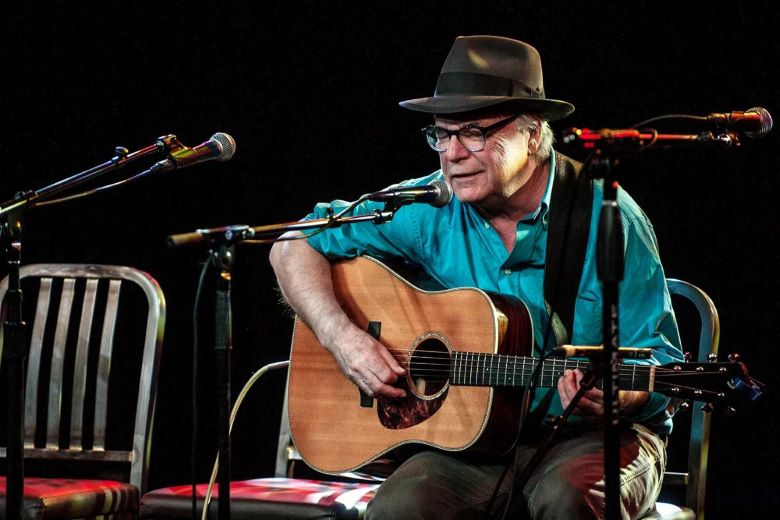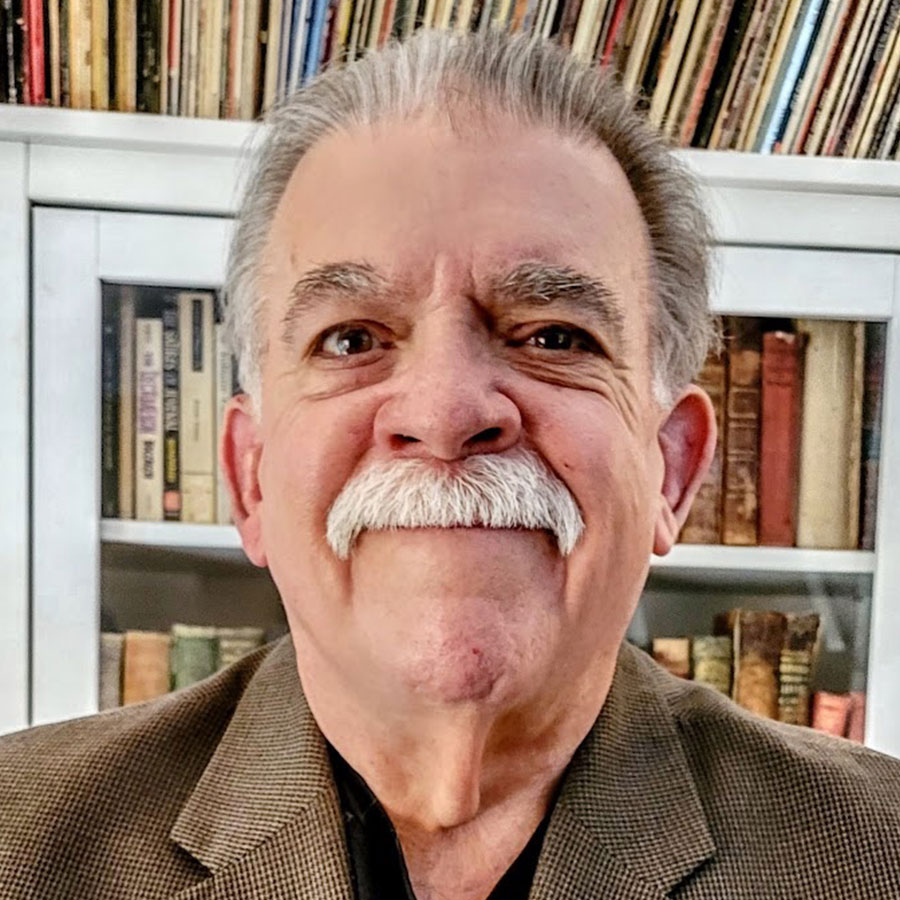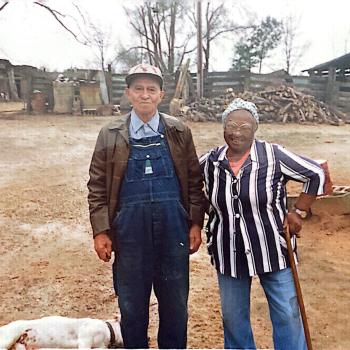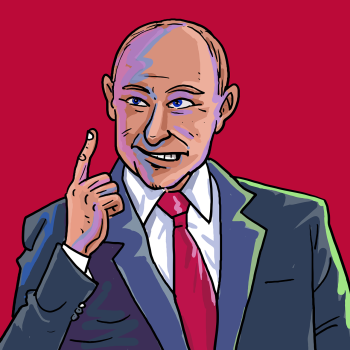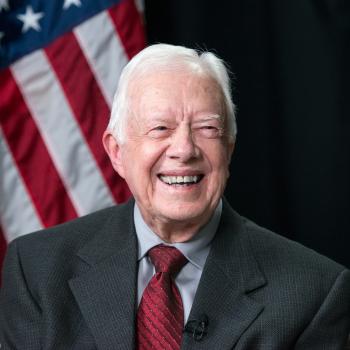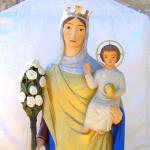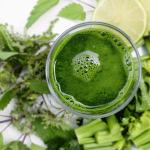The Easter story, the story of Jesus Christ’s death and resurrection, has been told in a thousand ways. None of them is anything like this one!
David Olney’s The Stone
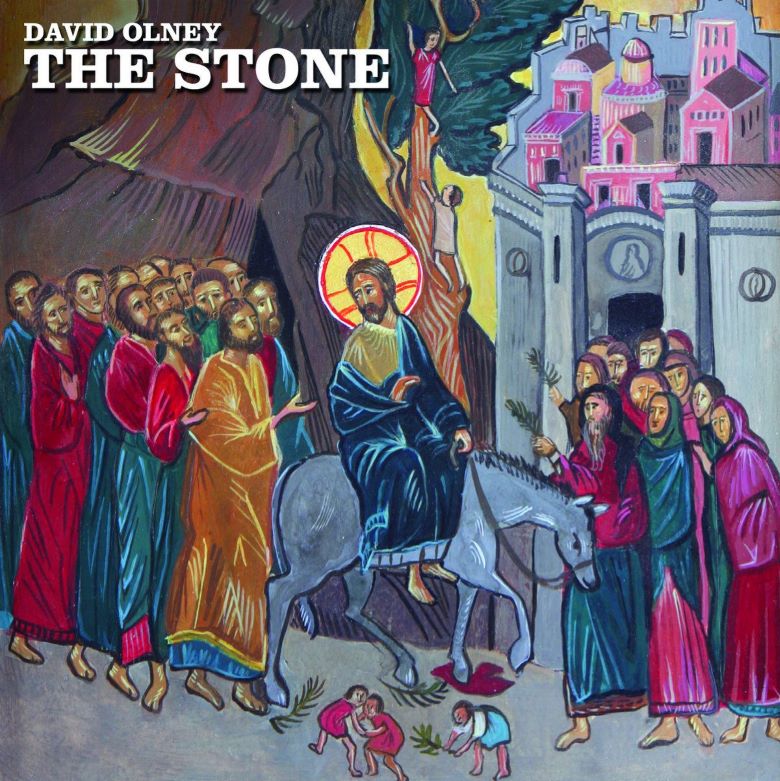
At least since the third century, the faithful have been celebrating the resurrection of Jesus with music. Throughout the Middle Ages, the Renaissance, and into modern times, we have music by Handel, Bach, Beethoven and Billy Joe Shaver, among many, many others.
An Easter story like no other!
Almost all of these stories are the same. They retell the Biblical account without a care to what the people involved were thinking.
One modern songwriter, David Olney, has captured the spirit, the atmosphere, the drama and the passion…not from the point of view of a narrator but through the eyes, minds and words of a variety of characters who have always been a part of the story, just not in the versions you have heard up to now.
The time has come for the voices of the actors in the drama come to life.
David Olney, whom we sadly lost recently, was a gentle, intelligent and zealously creative soul who captured aspects of the human character and condition with an insight that few songwriters have ever been able to muster.
His work belongs in the loftiest pantheon of songwriters which includes Guy Clark, John Prine and Jason Isbell.
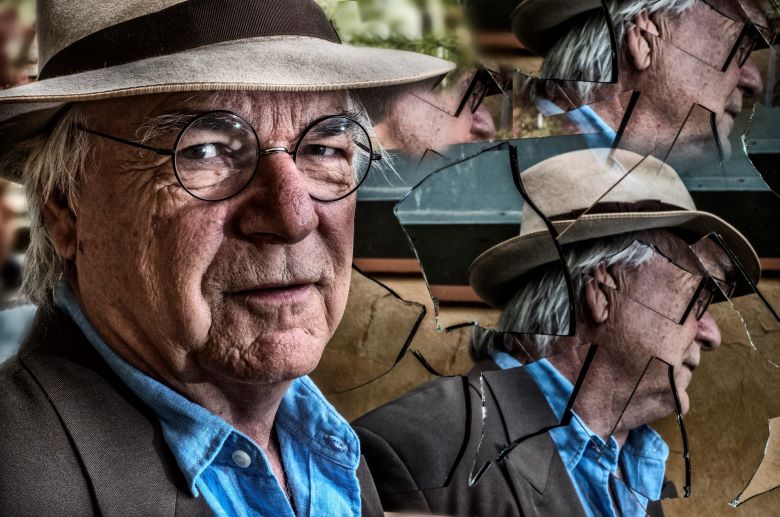
David Olney’s Easter celebration is unique in focus, style and structure.
The Stone is a collection of six songs, each telling a part of the Easter Story from a unique prospective. Each character has a part to play and a part of the story to tell.
David Olney has created a unique work of musical art, combining his amazing skills of heart-stirring storytelling and meticulous musicianship.
Jerusalem Tomorrow
The story unfolds from the point of view of a rival street preacher in Roman Judea, one who makes his living by preaching and by cheating people into believing he can perform miracles. He is lamenting the lack of faith among his listeners when he hears about another preacher who
“instead of calling fire from above, he just gets real quiet and talks about love.”
He decides to join up with this new preacher because
“He’s got everyone convinced that he’s for real, so I figure we can work some kind of deal.”
The song ends with this character’s plans for tomorrow.
“We’re headed for Jerusalem tomorrow.“
Brays
Surprisingly, the next character to add to the story is the donkey that carried Jesus into Jerusalem on what we have come to know as Palm Sunday. As the people strewed palm leaves for them to walk on as they entered the city, the donkey bearing Jesus gives us a humble but sincere account of his task of carrying Jesus into Jerusalem for the last time.
He tells us in a matter-of-fact way
He continues with humility but dignity.
“Once I bore a king upon my back.“
Brains
The next character introduces a darker theme and a more forceful musical style to reflect the content of the song. The song narrates the interrogation of a crime suspect by the Roman authorities in Jerusalem.
The interrogator insults the man who is being questioned:
“You’re just a punk. You’re not who we want but who you been runnin’ with?”
The interrogator wants to know:
“Who’s the brains behind this operation?”
“You might think you’re tough; you’re not tough enough. You don’t know what you’re messin’ with.”
Finally, we learn the identity of the suspect. He is not who you would guess!
“I wanna know who’s the brains behind this operation?”
Flesh and Blood
We come now to the Last Supper.
The tone changes again. From a raunchy rock beat, we come to a gentle lilting tune.
We find ourselves in the Upper Room and we are observing the Passover Supper being celebrated by Jesus and his disciples.
“A far away place, a far away time. He broke the bread; he poured the wine.
We learn that Jesus knows:
“The time is near, the moment nigh so to his friends he says goodbye.”
Jesus reassures the disciples.
“The time has come for me to leave. Do not despair. Do not grieve.”
And we hear the chorus:
“Flesh and blood, the soul of man. He lives and dies; he lives again.”
Finally, Jesus leaves us with the the message:
“We need not fear; we’re not alone.”
‘We need not fear; we’re not alone.“
Barabbas
The action picks up. We find ourselves now in a jail cell. The narrator is a prisoner who has been arrested for robbery and murder.
We learn of his philosophy:
“As long as I felt I was getting my share, that’s all I ever believed in.”
He is convicted of his crimes:
He tells us of another prisoner who is thrown in the cell with him.
“A man was thrown in more dead than alive, on his face I could see the blood glisten.”
He tells us he tried to find out what the other man had done to be in such a near-death condition.
“I said, tell me friend, what on earth did you do? He said I told them but they wouldn’t listen.”
We learn that the authorities took both men out of the cell and drug them in front of a crowd, assembled to allow the people to choose a prisoner to be released by the Governor of Judea, Pontius Pilate in the customary Passover pardon.
The Governor speaks to the crowd:
“According to custom, I’m giving you a choice. Which of these men should I pardon?”
The crowd calls for the release of Barabbas.
“The Governor sighed and said my hands are clean. The crowd shouted GIVE US BARABBAS!”
Barabbas is overtaken by his good fortune which he does not understand.
“To owe such a debt to a stranger.”
A Soldier’s Report
To unify the various voices in the work, David Olney cleverly returns to the musical style of the first song.
In this final song, we find ourselves at the place where, after his crucifixion, Jesus’s body has been buried in a borrowed tomb. This song is the report of the soldier placed in charge of the troops guarding the tomb to his commander.
The soldier tells how he and his men kept a watch through the night and that none of the rebels had come near.
He explains what has happened:
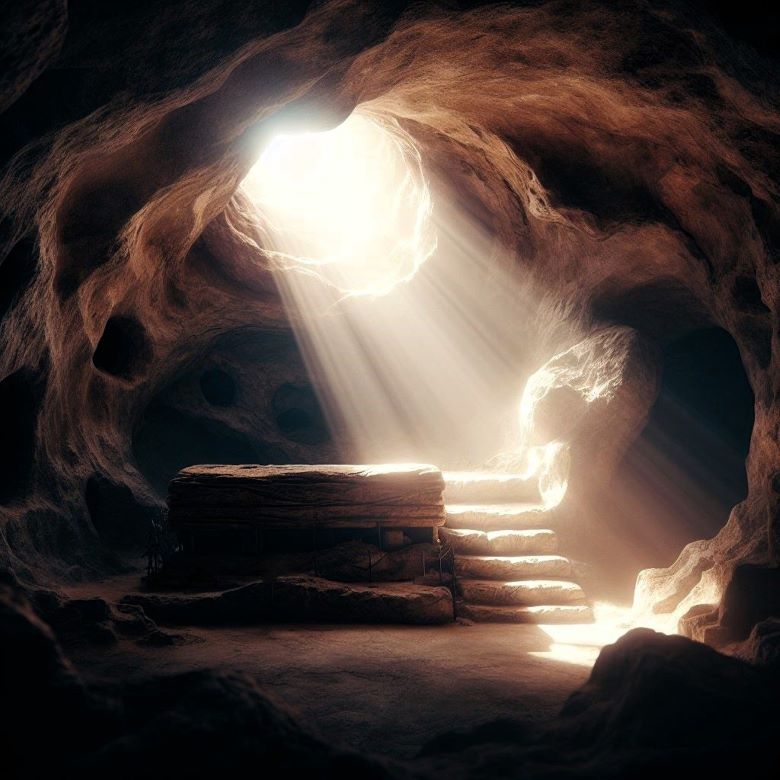
He is bewildered:
“Sir, there is a force at work here beyond a soldier’s power to understand.”
“Exactly what has changed, I cannot say, Sir, but I fear for the future of Rome.”
With this admission on the part of the soldier, the music continues to the end of the musical phrase and resolves finally from the minor key in which the song is written to a triumphant major chord.
Almost an Amen.
Author’s note: Please listen to the songs in their entirety. Images of David Olney and of the album cover used by permission of Regine Olney and DavidOlney.com
